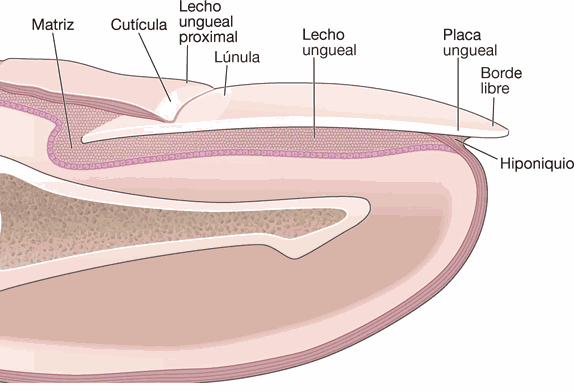Russian Manicure and Pedicure
Simplicity, elegance, and meticulous precision is what characterizes this fashion technique
Why use a lathe?
Cuticles are an important part of nails and are key when it comes to keeping nails healthy. The cuticle is the layer of skin at the beginning of its nail bed and its purpose is to protect the matrix (the part under the nail that produces the cells to form the nail plate) from bacteria or foreign particles. There is much controversy about pushing back or cutting the cuticles, which is mainly done to lengthen the nail as a whole.
Cutting the cuticles with a clamp tends to have the most uneven and sometimes painful results.Tweezers are the tool used to pinch and trim excess skin around the nail and cuticles.These can pierce the skin and cut too deeply, causing minor wounds and inflammation.There is nothing worse for your nails than having swollen and stabbing sores that have to heal around nail polish.(Oh, the burn!)


A visible difference
With a Russian manicure or pedicure, a completely different technique and instrument is used for cuticles. Using an electronic device (the electronic nail lathe that is typically used for acrylics and stuffed nails), excess skin surrounding the nail bed is removed, just like a clip, but with a small electronic lathe. This avoids cutting the nail excessively and allows the nail technician to have more control.
With this type of manicure, your nail is perfectly trimmed and soft around the edges, ideal for applying a seamless glaze. Once you try this manicure, you will see the difference and how much easier it will be to trim your cuticles without the nicks of a tweezers!

Russian Manicure Steps
Lift the cuticle
Lift the cuticle
of the nail bed using special strawberries
Clean
removing dead cells like skin from the edges
Polish
hard skin and skin lifts caused by dryness
Enamel
first a polish gel and then a special enamel is applied without leaving space between the nail and the skin